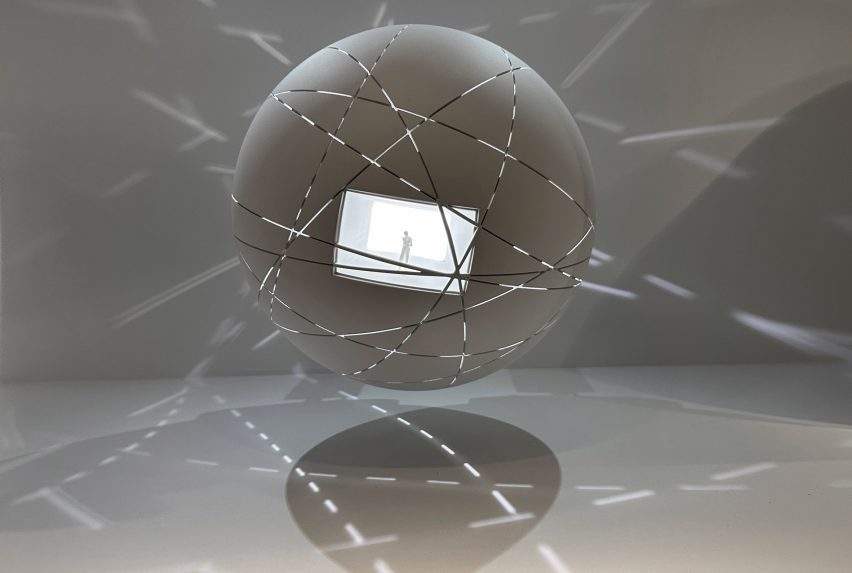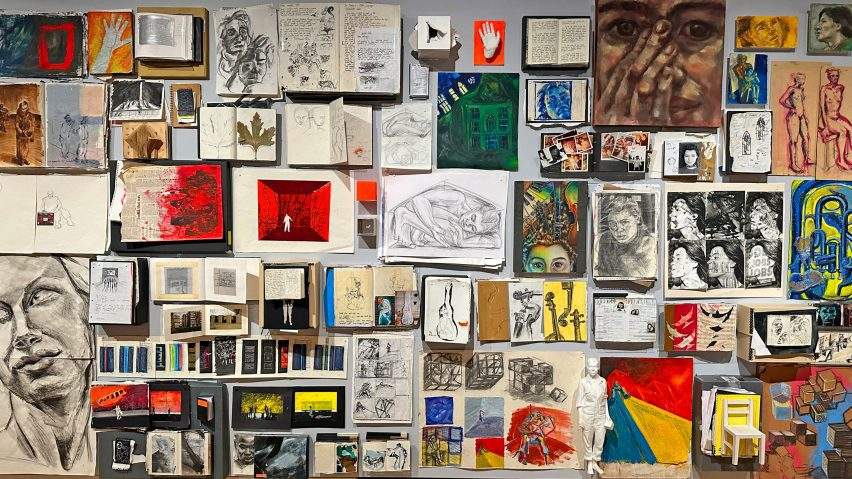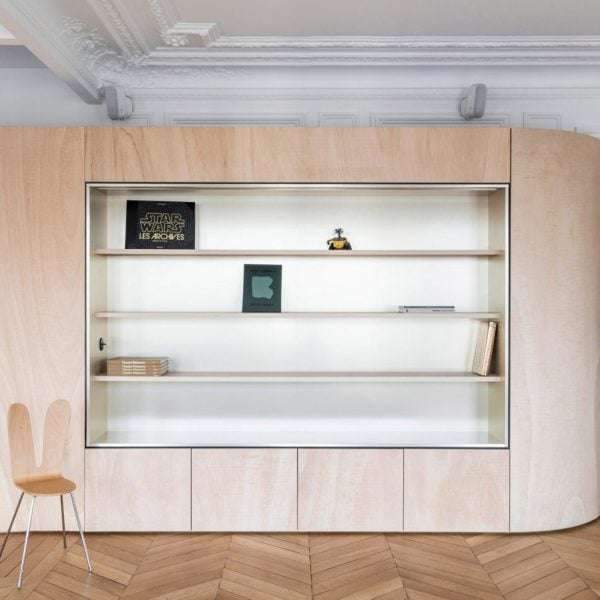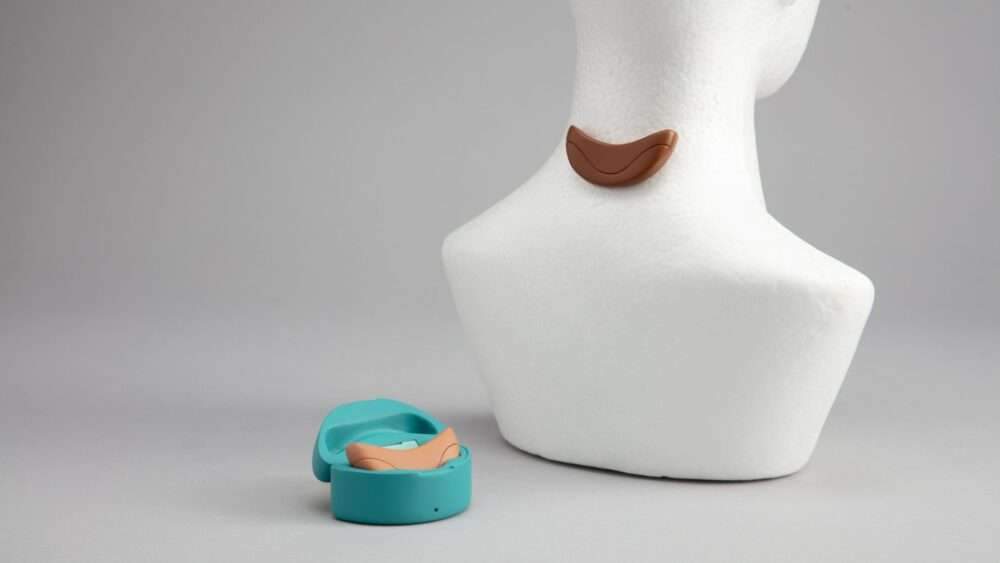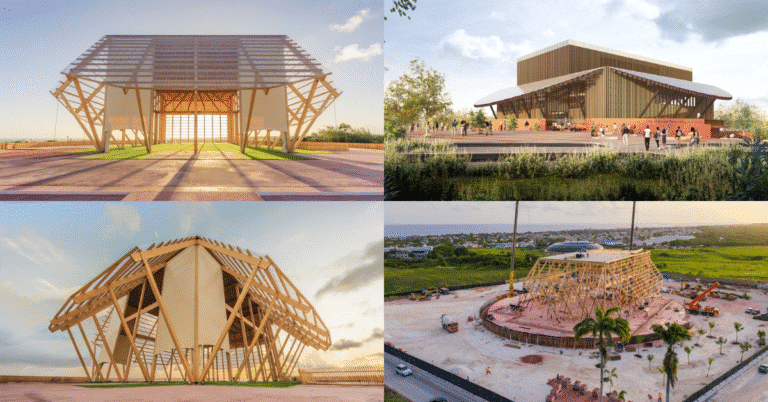Es Devlin: “miniature parallel practice” at New York exhibition
At the Cooper Hewitt, Smithsonian Design Museum, an exhibition examining set designer Es Devlin 30-year archive features student sketches, scale models, and a life-size replica of the designer’s London workspace.
Held in tandem with her first monograph, An Atlas of Es Devlin, the exhibition and book featured drawings, paintings, miniature artwork, and more from 120 set design pieces throughout Devlin’s career.
“My craft is to imagine worlds that don’t yet exist, to invite audiences to practice ‘interbeing’ within psychological architectures they have not previously inhabited, to remind viewers that they are not separate but connected to one another and to the biosphere,” Devlin stated.
“For this exhibition, I have gathered the drawings, fragile paper sculptures and small-scale revolving cardboard models that I and my studio team have been making over the past three decades, a miniature parallel practice at the root of the large-scale public performance and installation works.”
A reproduction of Devlin’s London office welcomed visitors to the display, where they were seated at a central table strewn with paper and art supplies that represented ongoing projects.
As projections animate the room and scrawls and scribbling appear on the pages of the table and throughout the walls, Devlin’s voice recounted thoughts about early school days, belonging, and the convergence of creative disciplines.
“The first thing I wanted to do was to invite visitors into my studio,” Devlin stated.
“Many of the people coming into this exhibition will not have a clue what it is I do or what are the processes that go into it at all.”
“You come into the studio and already I hope you get the sense I had when I first walked into a room full of people making work like this.”
The next chamber, where Devlin’s Iris exhibit included the names of her numerous collaborators on a series of rings—a pattern the designer frequently uses to “express the overlaid perspectives of creative partners and audiences”—was accessible through a doorway that was pulled open by a projection of its hands.
The following piece was a wall covered in early drawings, paintings, collages, and diaries that Devlin had made while attending music school and in her early career. She mentioned that these had been given to her in “four big black beanbags” by an ex-boyfriend who had preserved them.
The rooms that followed included white, scale models of the production and set designs created by Es Devlin Studio, along with process drawings, paperwork, and notes that included lyrics to songs by Miley Cyrus, U2, Beyoncé, and other artists.
Before pursuing additional study, Devlin stated that she frequently starts her work by examining a “primary text,” such as the lyrics to popular songs or a play.
“I have spent 30 years translating words into images and spaces – transforming texts on a page into kinetic sculptures that encompass viewers with light and song and use magic to alter their perspective,” Devlin stated.
Another room held short films from Devlin’s different projects, and another housed a replica theater with a screen on its stage showing films of past performances.
The last featured a sizable table with pages from the most recent book hung along the walls, along with several of Devlin’s monographs available for guests to peruse through.
“Writing the book was the biggest challenge,” Devlin said to Dezeen. “The show and the book are essentially one continuous work.
My technique typically involves a small group of people in my studio who then resonate with larger audiences.”
However, there was another centripetal force at work, pulling everything toward a tiny set of rooms and the book itself. It’s the complete opposite of what I usually do.”
The book was edited by Andrea Lipps, an associate curator of contemporary design at Cooper Hewitt, who also oversaw the curation of Devlin’s exhibit, and the designer claims that the process took over seven years.
Finally, find out more on ArchUp:


